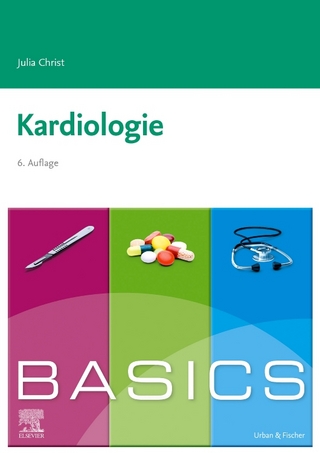
Epidemiology of Arterial Blood Pressure
Springer (Verlag)
978-94-009-8895-8 (ISBN)
I. Methodological Studies.- 1. Measurement of blood pressure.- 2. Estimating sodium intake in epidemiological studies: Review and results of a methodological pilot study in Finland.- 3. Electrolytes and Creatinine in multiple 24-hour urine collections (1970–1974).- 4. Recommendations of the working group on the methodology and standardization of non-invasive blood pressure measurement in epidemiological studies.- II. Epidemiology and Blood Pressure in Children.- 5. Importance of blood pressures in children: Distribution and measurable determinants.- 6. Distribution and determinants of blood pressure in free-living children: Results from an open population study of children aged 5–19 (EPOZ Study).- III. Epidemiology of Blood Pressure in Adolescents and Children.- 7. Blood pressure distribution and determinants in a sample of adolescent and adult Belgian population: Results of the Belgian Hypertension Committee Epidemiological Survey 1973–1977.- 8. Cardiovascular risk factors in the adolescent population of Cologne: Stability over one year and tendencies towards aggregation.- 9. Hypertension and its distribution in Prague.- IV. Blood Pressure Distribution in Adults.- 10. Epidemiology of arterial blood pressure in Portugal.- 11. Screening of hypertension in a large French professional group.- 12. Epidemiology of essential hypertension in Yugoslavia: The Yugoslavia Cardiovascular Disease Study.- 13. Epidemiology of blood pressure in the German Democratic Republic.- V. Determinants of Blood Pressure in Low Blood Pressure Populations.- 14. Sodium homeostasis and low blood pressure populations.- 15. Blood pressure patterns, salt use and migration in the Pacific.- VI. Determinants of Blood Pressure in High Blood Pressure Populations.- 16. Host and environmentaldeterminants of hypertension: Perspective from the Framingham Study.- 17. Relationships between sodium and potassium intake and blood pressure.- 18. Development of high blood pressure and its consequences for health: A Swedish population study.- 19. Epidemiology and control of hypertension in North Karelia, Finland: Observations from a five-year community control programme.- 20. Relationship between blood pressure and sodium and potassium intake in a Belgian male population group.- 21. Epidemiological studies on hypertension in Newfoundland.- 22. Epidemiological studies on hypertension in Northeast Japan.- 23. Regional difference of blood pressure and its nutritional background in several Japanese populations.- 24. Salt intake and its relationship to blood pressure in Japan: Present and past.- 25. Blood pressure of Qashqai pastoral nomads in Iran in relation to culture, diet, and body form.- VII. International Comparative Studies.- 26. The Ni-Hon-San study of cardiovascular disease epidemiology: Population characteristics and epidemiology of stroke.- 27. Hypertension and heart disease in the Ni-Hon-San study.- 28. A comparative study of blood pressure and sodium intake in Belgium and in Korea.- 29. Problems of hypertension in the Asian-Pacific area.- 30. Stroke, stomach cancer and salt: A possible clue to the prevention of hypertension.
| Reihe/Serie | Developments in Cardiovascular Medicine ; 8 |
|---|---|
| Zusatzinfo | 531 p. |
| Verlagsort | Dordrecht |
| Sprache | englisch |
| Maße | 155 x 235 mm |
| Themenwelt | Medizinische Fachgebiete ► Innere Medizin ► Kardiologie / Angiologie |
| Studium ► Querschnittsbereiche ► Epidemiologie / Med. Biometrie | |
| ISBN-10 | 94-009-8895-8 / 9400988958 |
| ISBN-13 | 978-94-009-8895-8 / 9789400988958 |
| Zustand | Neuware |
| Haben Sie eine Frage zum Produkt? |
aus dem Bereich


